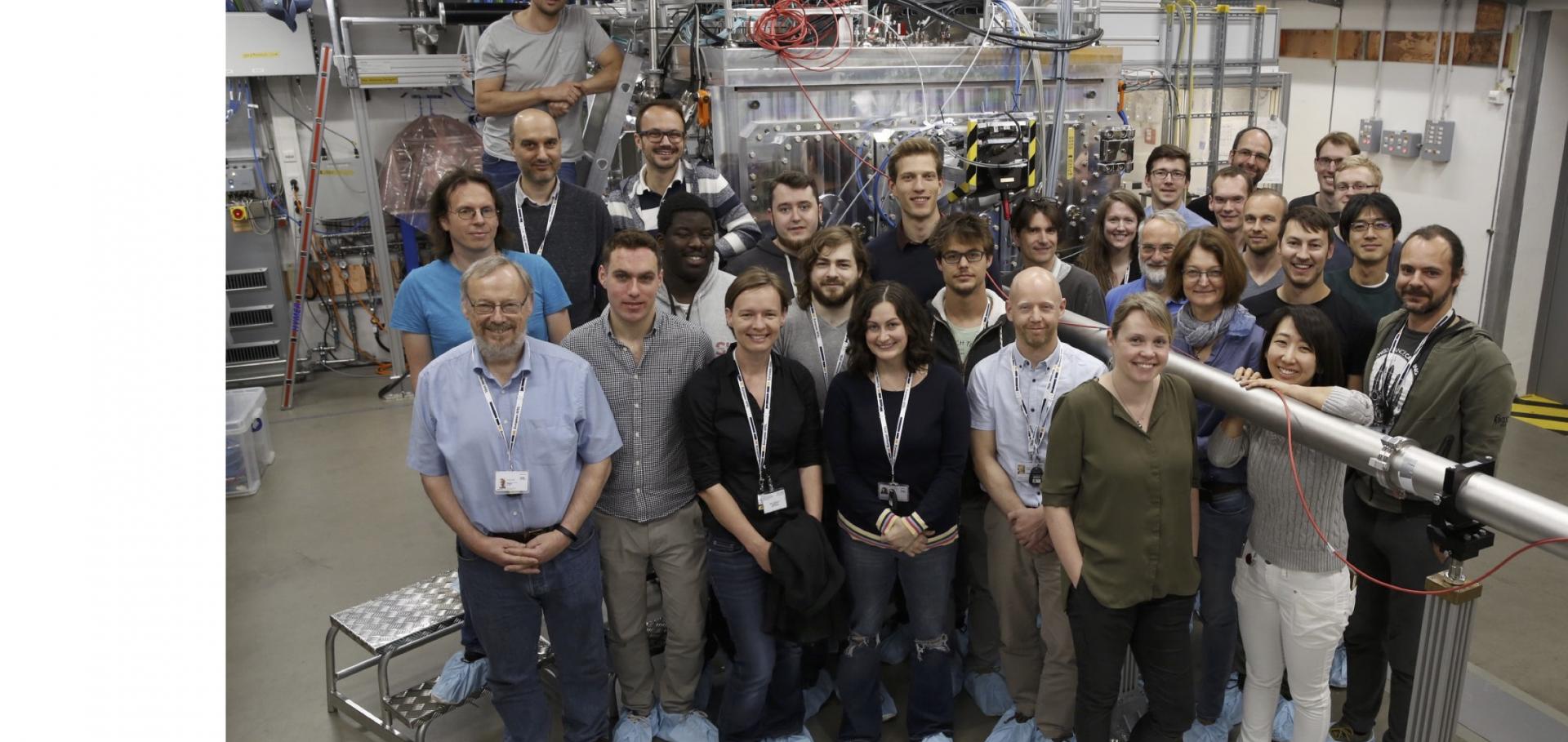Phase transitions of Fe$_2$O$_3$ under laser shock compression
(2024)
Quantifying ionization in hot dense plasmas
Physical Review E American Physical Society 109 (2024) L023201
Abstract:
Ionization is a problematic quantity in that it does not have a well-defined thermodynamic definition, yet it is a key parameter within plasma modelling. One still therefore aims to find a consistent and unambiguous definition for the ionization state. Within this context we present finite-temperature density functional theory calculations of the ionization state of carbon in CH plasmas using two potential definitions: one based on counting the number of continuum electrons, and another based on the optical conductivity. Differences of up to 10% are observed between the two methods. However, including “Pauli forbidden” transitions in the conductivity reproduces the counting definition, suggesting such transitions are important to evaluate the ionization state.Achievement of target gain larger than unity in an inertial fusion experiment
Physical Review Letters American Physical Society 132:6 (2024) 065102
Abstract:
On December 5, 2022, an indirect drive fusion implosion on the National Ignition Facility (NIF) achieved a target gain G_{target} of 1.5. This is the first laboratory demonstration of exceeding "scientific breakeven" (or G_{target}>1) where 2.05 MJ of 351 nm laser light produced 3.1 MJ of total fusion yield, a result which significantly exceeds the Lawson criterion for fusion ignition as reported in a previous NIF implosion [H. Abu-Shawareb et al. (Indirect Drive ICF Collaboration), Phys. Rev. Lett. 129, 075001 (2022)PRLTAO0031-900710.1103/PhysRevLett.129.075001]. This achievement is the culmination of more than five decades of research and gives proof that laboratory fusion, based on fundamental physics principles, is possible. This Letter reports on the target, laser, design, and experimental advancements that led to this result.Resonant inelastic x-ray scattering in warm-dense Fe compounds beyond the SASE FEL resolution limit
(2024)
Crystal plasticity finite element simulation of lattice rotation and x-ray diffraction during laser shock compression of tantalum
Physical Review Materials American Physical Society 7:11 (2023) 113608


